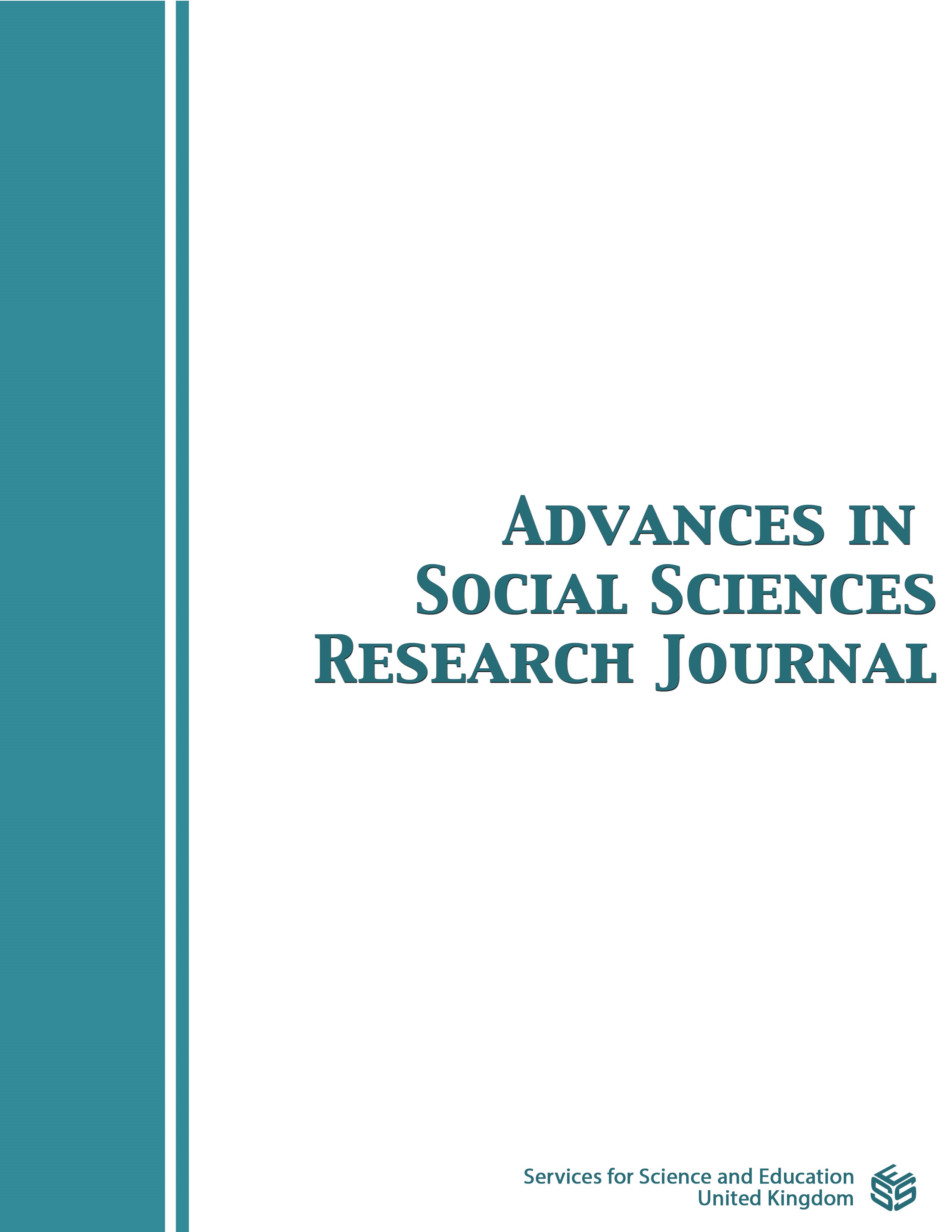THE INFLUENCE OF COLLABORATIVE TEACHING TOWARD GRADUATE STUDENTS’ TEAMWORK CAPACITY
DOI:
https://doi.org/10.14738/assrj.92.11866Keywords:
collaboration, teamwork, groupAbstract
The objective of this research is to reveal the influence of collaborative teaching toward graduate students’ teamwork capacity, including four aspects, which are: sharing, collaboration, concern to rights and welfare of others, and caring to others. This quasi experimental study was conducted with one group pretest-posttest design. There are 38 graduate students of guidance and counseling department as research subjects. Collecting data was conducted by following a Collaborative Teamwork Inventory. The profile of graduate students’ teamwork capacity was analyzed by comparing between actual score and maximal ideal score based on the nomal curve. The effect of collaborative teaching toward students’ capacity was analyzed by a t-test for paired samples. The findings indicated that collaborative teaching was effective to increase students’ teamwork capacity. It was proven that pretest score tend to move towards the “lower level” whereas the posttest score tend to shift to a “higher level.” The analysis of t-test for paired samples indicated that t = -26.69 and p= .000. It does mean that collaborative teaching influenced significantly towards the improvement of students’ teamwork capacity.
References
Lookatch, M.L. (2006). “Collaborative Learning and Multimedia: Are Two Heads Still Better Than One?” Techtrends, 11, 37-43.
Howard, S.A. (2009). “Guiding Collaborative Teamwork in the Classroom” Effective Teaching, 3, 21-28.
Alexander, M.R. (2007). “Student Perception of Teamwork in the Classroom: An Analysis by Gender.” Education Forum, 21, 13-18.
Covey, S.R. (2009). The Seven Habits of Highly Effective People.” New York: A Fireside Book.
Flynn, R.G. (2005). “Smooth Sailing for Teamwork.” Personal Journal, 14, 18-25.
Graham, T.S. (2007). “Cooperative Learning: The Benefit of Participatory Examinations in Principles of Marketing Classes.” Journal of Education for Business, 42, 112-118.
Davis, L.M. (2006). “Job Preparation for The 21st Century: A Group Project.” Journal of Education for Business, 12, 119-123.
Heppner, P.P.; Kivlighan, D.M.; Wampold, B.E. (2012). Research Design in Counseling. California: Brooks/Cole.
Goldman, L. (2008). Research Methods for Counselors: Practical Approach in Field Setting. New York; John Wiley and Sons.
Asrori, M. (2008). Pengembangan Pembelajaran Kolaboratif untuk Mengembangkan Kemandirian Belajar Siswa SMA. Pontianak: Laporan Penelitian.
Asrori, M. (2020). Increasing of Teamwork Capacity of High School Students’ Through Collaborative Teamwork Learning. 8(1):46-50.
. Minium, E.W. (2008). Statistical Reasoning in Psychology and Edcuation. New York: John Wiley & Sons.
Downloads
Published
How to Cite
Issue
Section
License
Copyright (c) 2022 Asrori Muhammad, Chairil Effendy

This work is licensed under a Creative Commons Attribution 4.0 International License.
Authors wishing to include figures, tables, or text passages that have already been published elsewhere are required to obtain permission from the copyright owner(s) for both the print and online format and to include evidence that such permission has been granted when submitting their papers. Any material received without such evidence will be assumed to originate from the authors.






